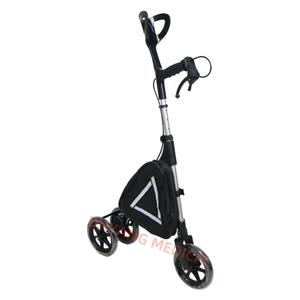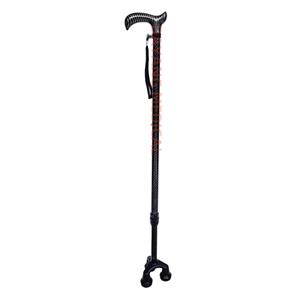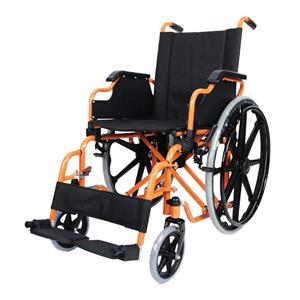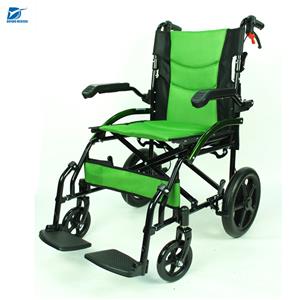How Cerebral Palsy Rehabilitation Equipment Lights Up Children’s Mobility Hope?
Every step, every movement, and every little progress matters for children with cerebral palsy (CP). The right Rehabilitation equipment, such as a cerebral palsy wheelchair or cerebral palsy walker, can be life-changing—enhancing mobility, reducing muscle stiffness, and fostering independence. This article explores how advanced assistive devices are transforming lives, offering hope and practical solutions for families and caregivers.
1. The Challenges of Cerebral Palsy & the Role of Rehabilitation Equipment
Cerebral palsy affects muscle control, balance, and coordination, making everyday movements challenging. Without proper support, children may develop secondary complications like joint contractures or scoliosis. This is where Rehabilitation equipment plays a crucial role:
- Mobility aids (e.g., cerebral palsy wheelchair) enable safe movement.
- Gait trainers (e.g., cerebral palsy walker) encourage walking practice.
- Therapeutic devices improve muscle strength and posture.
Studies show that early intervention with the right equipment can significantly improve motor function and quality of life.
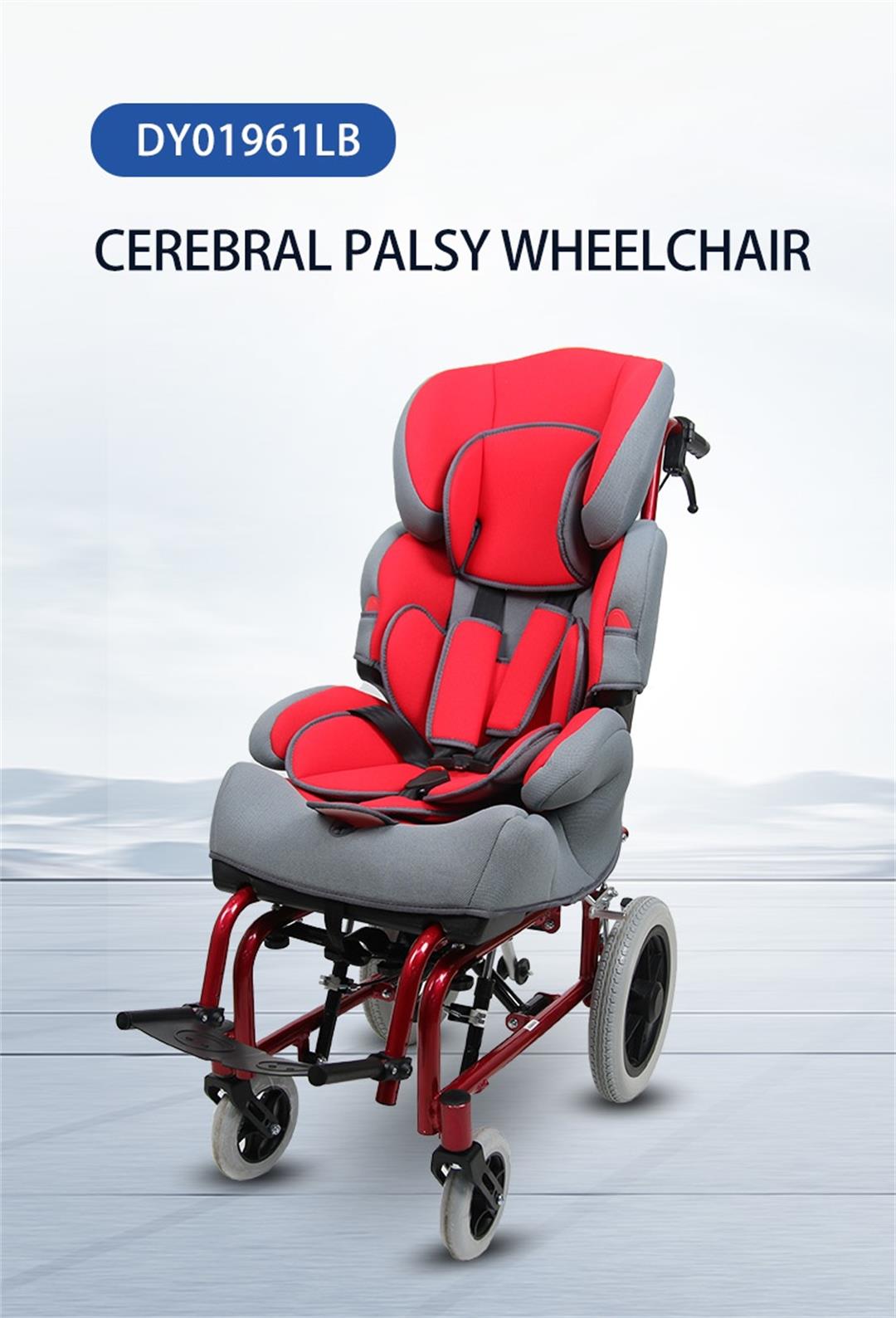
2. Key Rehabilitation Equipment for Cerebral Palsy
A. Cerebral Palsy Wheelchair: Beyond Basic Mobility
A cerebral palsy wheelchair is not just a seat—it’s a customized mobility solution. Modern designs include:
- Adjustable seating systems – To accommodate growth and postural needs.
- Tilt-in-space & recline functions – For pressure relief and comfort.
- Supportive accessories – Like harnesses, lateral supports, and headrests.
Why It Matters:
- Prevents deformities caused by prolonged sitting.
- Encourages social participation (school, parks, family outings).
- Reduces caregiver strain with lightweight, foldable models.
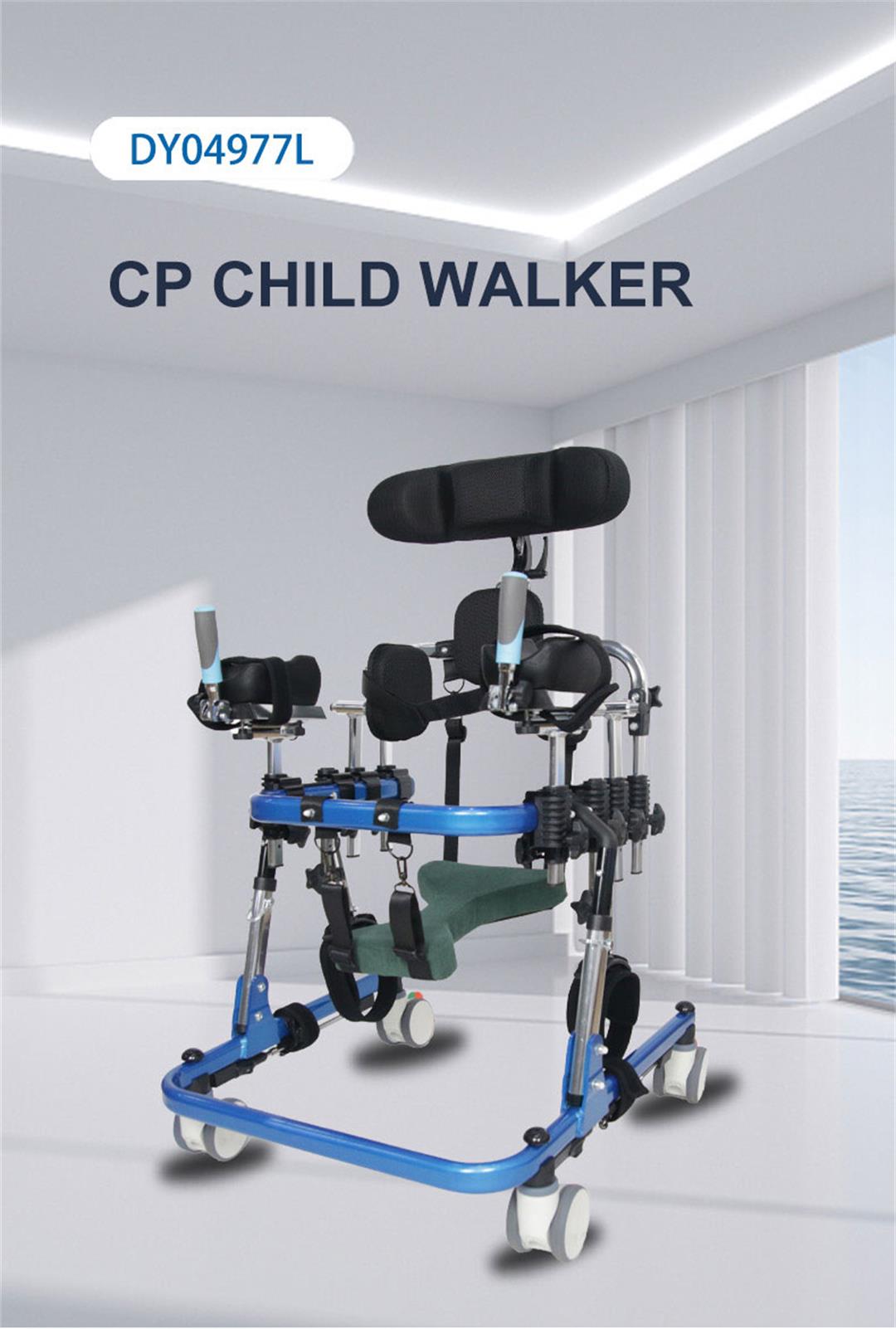
B. Cerebral Palsy Walker: Stepping Toward Independence
A cerebral palsy walker helps children with balance and gait training. Key features include:
- Stability enhancements – Wider bases, anti-tip mechanisms.
- Adjustable height & forearm supports – For proper alignment.
- Interactive elements – Toy trays or activity panels to motivate use.
Success Story:
A 6-year-old with spastic CP, unable to walk independently, started using a cerebral palsy walker with trunk support. Within months, he took his first unaided steps—a milestone his parents thought impossible.
C. Additional Rehabilitation Equipment for Holistic Care
- Standing frames – Improve bone density and circulation.
- Ankle-Foot Orthoses (AFOs) – Correct foot drop and improve walking patterns.
- Balance trainers – Enhance core stability and coordination.
3. How to Choose the Right Equipment?
Selecting the best Rehabilitation equipment depends on:
✔ Child’s mobility level (GMFCS classification).
✔ Type of cerebral palsy (spastic, dyskinetic, ataxic).
✔ Comfort & adaptability (growth-adjustable designs).
Pro Tip: Always consult a physical therapist before purchasing.
4. The Future of Cerebral Palsy Rehabilitation Equipment
Innovations are revolutionizing CP care:
- Robotic exoskeletons – For gait training. (It's already on our company's sales list)
- Smart wheelchairs – With eye-tracking controls.
- Virtual reality (VR) therapy – Making exercises engaging.
Conclusion: Lighting the Path Forward
The right cerebral palsy wheelchair, cerebral palsy walker, or other Rehabilitation equipment can unlock a child’s potential. By combining technology, medical expertise, and compassionate care, we can help children with CP move toward a brighter, more independent future.
Call to Action:
If you’re exploring mobility solutions, consult a specialist today—because every child deserves the freedom to move and grow!

